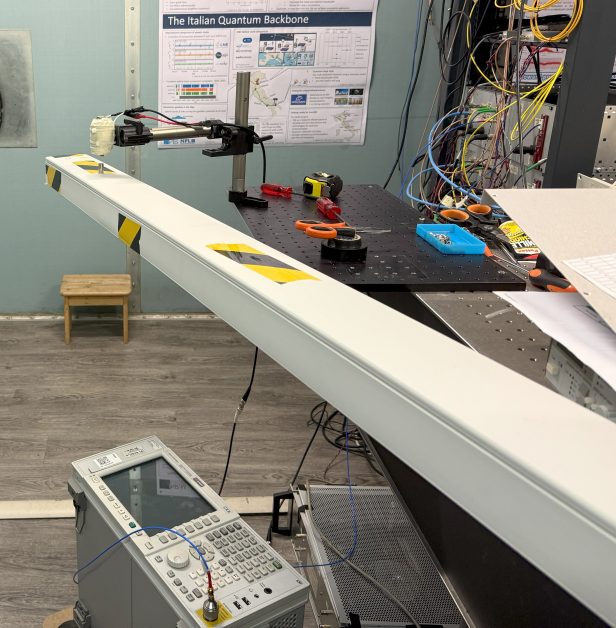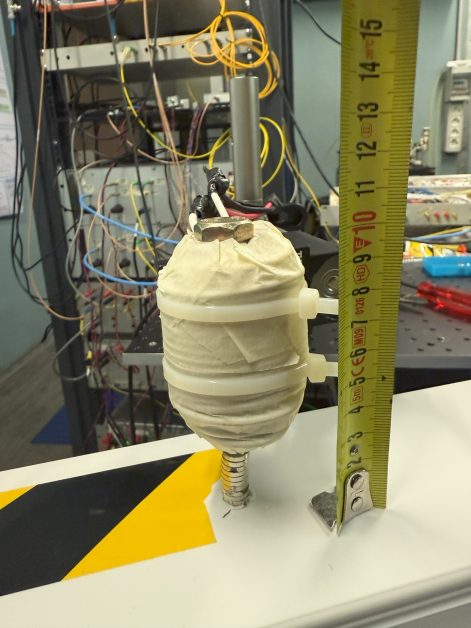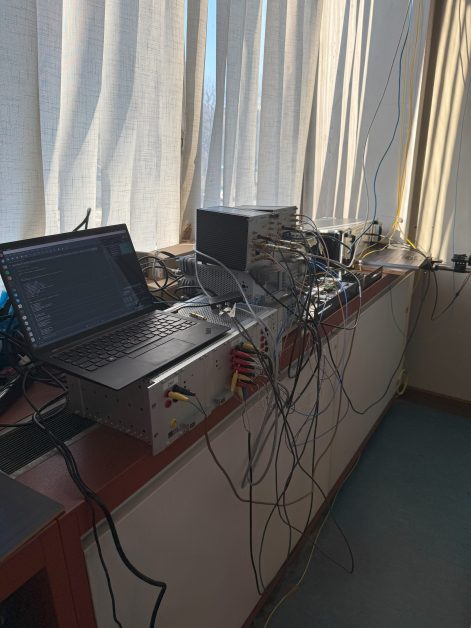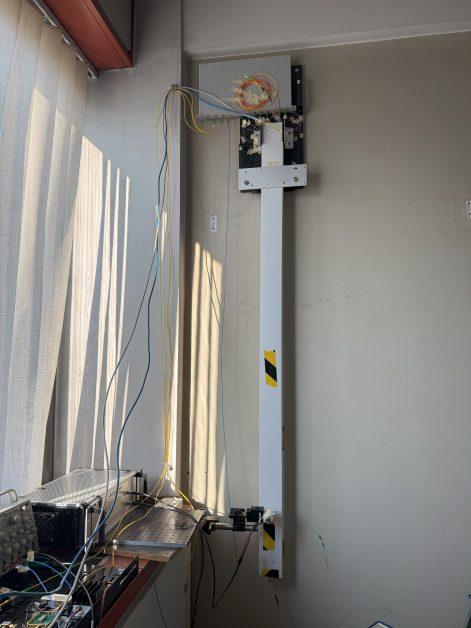What is the project FORESIGHT?
FORESIGHT is an EU-funded postdoctoral MSCA research project focused on developing a novel, scalable methodology for the health monitoring of structures by employing vibration data captured via urban fiber-optic networks at our homes. The project combines structural and earthquake engineering, fiber-optic physics, and computational modeling to assess whether dense networks of fiber-optic cables can be transformed into large-scale seismic and structural monitoring systems.
Objectives
- Development of a simulation framework to convert predictive fiber-interferometric signals into predictive structural strain responses.
- Evaluation of the sensitivity of interferometry-based fiber-optic sensing under real-world noise conditions.
- Validation of the feasibility of using existing fiber infrastructure for damage identification after seismic events.
- Proposal of scalable SHM strategies for seismic urban environments using cost-efficient alternatives to the traditional ones.
Key Features
- Interdisciplinary methodology bridging civil and earthquake engineering with optical physics
- Modal analysis of fiber-converted vibration signals
- Consideration of home internet fiber infrastructure as SHM sensing media
- Focus on post-earthquake condition assessment of structures
Research Themes
- Structural Health Monitoring (SHM)
- Fiber-Optic Interferometry
- Earthquake Engineering
- Signal Simulation & Noise Modeling
Ambition
The FORESIGHT project aspires to redefine the landscape of structural health monitoring (SHM) by introducing a transformative approach to utilize existing fiber-optic communication networks—specifically those used in home internet infrastructure. Unlike conventional SHM systems that rely on costly and spatially limited sensor networks, FORESIGHT searches for a scalable and highly distributed solution using infrastructure that already exists beneath our cities.
At its core, the ambition of FORESIGHT is to enable real-time, cost-effective, and high-resolution monitoring of buildings and infrastructure, without the need for dense sensor installation or specialized maintenance. By simulating and validating how optical fibers embedded in telecom networks respond to structural strain and vibrations, the project opens the door to urban-scale monitoring systems that are both economically and technically feasible.
FORESIGHT is not just about technological innovation—it’s a vision for the future of smart and resilient cities. In an age of increasing seismic risk and aging infrastructure, the ability to transform passive fiber networks into a sensor grid means that one day, our everyday internet connections could double as tools for saving lives and protecting communities.
This project bridges structural engineering, fiber-optic metrology, and data science. If successful, FORESIGHT will lay the foundation for the next generation of urban infrastructure monitoring — one that is affordable and embedded in the digital fabric of modern life.
Expected impact
The FORESIGHT project is expected to make significant scientific, technological, and societal contributions by introducing a paradigm shift in how we monitor and respond to the health of our built environment.
Scientific and Technological Advancement
FORESIGHT will push the boundaries of current SHM methodologies by validating the use of distributed interferometric fiber-optic sensing for SHM. The project will generate new theoretical insights, simulation tools, and signal transformation models that enable the recovery of modal information from non-invasively captured fiber signals — a novel concept in the field. These contributions will expand the body of knowledge in both structural dynamics and fiber-optic metrology.
Infrastructure Resilience and Earthquake Preparedness
By making large-scale SHM economically viable, FORESIGHT supports the development of resilient urban infrastructure, particularly in earthquake-prone regions. The ability to passively monitor structural performance through existing fiber networks will allow for faster post-event assessments, improved damage localization, and more informed decision-making for emergency response and repair prioritization.
Cost-Efficiency and Scalability
Traditional SHM systems are often prohibitively expensive and limited in spatial resolution. FORESIGHT offers a disruptive alternative by exploiting the pre-installed fiber-optic networks present in most modern urban areas. This makes the approach cost-effective, scalable, and rapidly deployable, especially in dense cities where conventional sensor networks are impractical.
Societal and Environmental Benefits
The project aligns with the European Green Deal and Sustainable Development Goals by enabling sustainable infrastructure management. Early detection of damage can prevent catastrophic failures, reduce lifecycle costs, and promote safer, longer-lasting buildings. Additionally, it contributes to smart city evolution, where urban infrastructure becomes not only connected, but intelligent and self-aware.
Policy and Industrial Uptake
FORESIGHT is designed with a clear path toward real-world deployment and industry relevance. The project will produce policy-relevant insights and open-access tools that can inform national resilience strategies, smart infrastructure planning, and future SHM standards.



